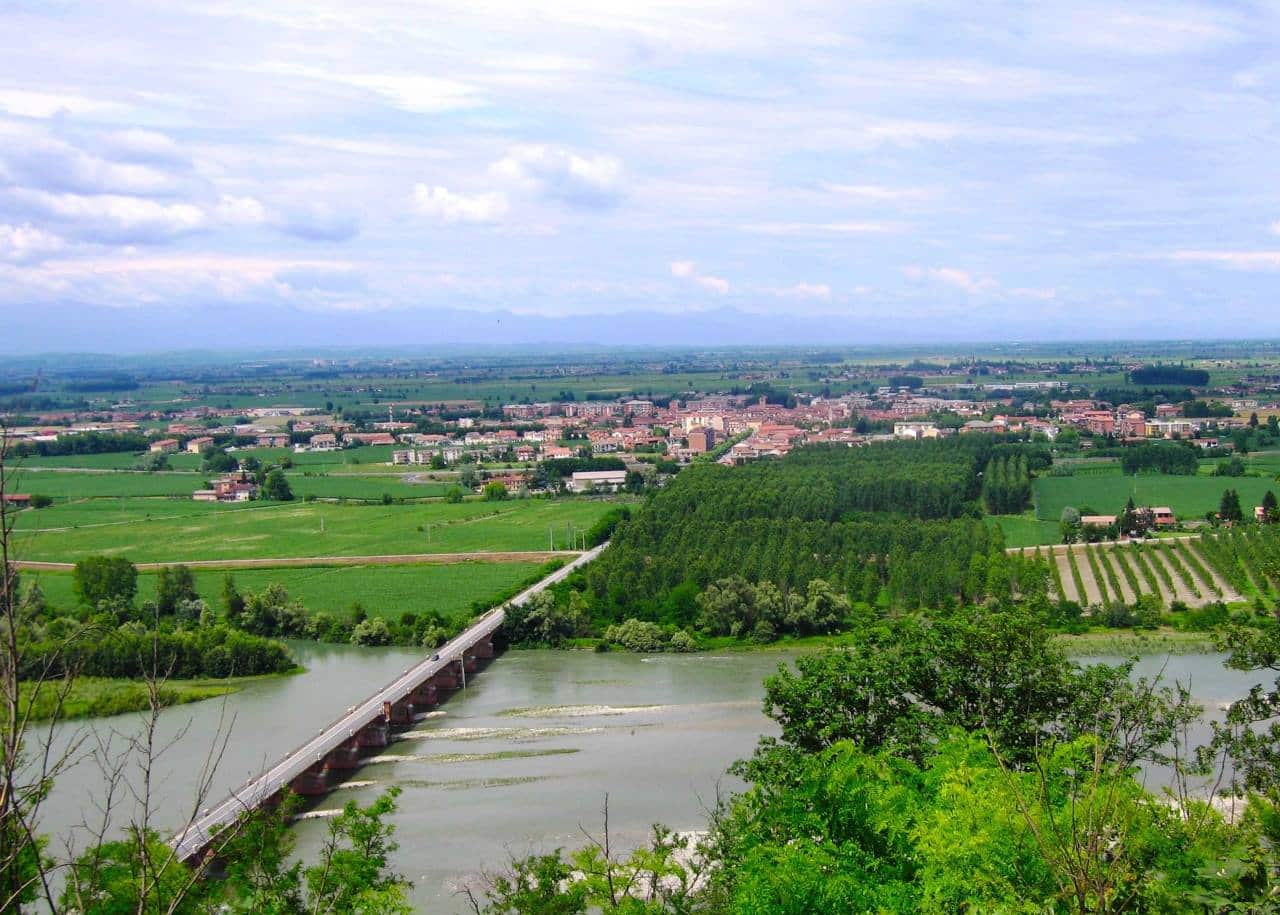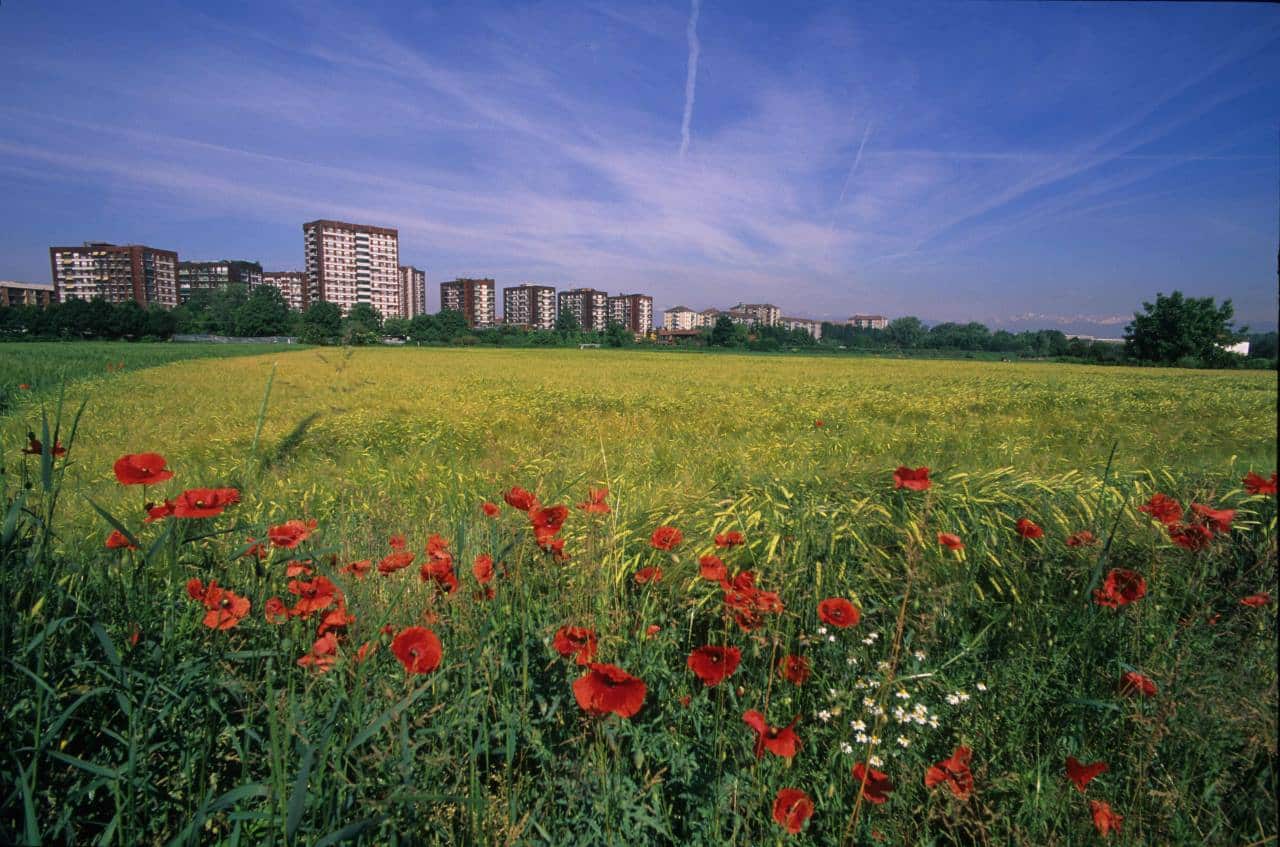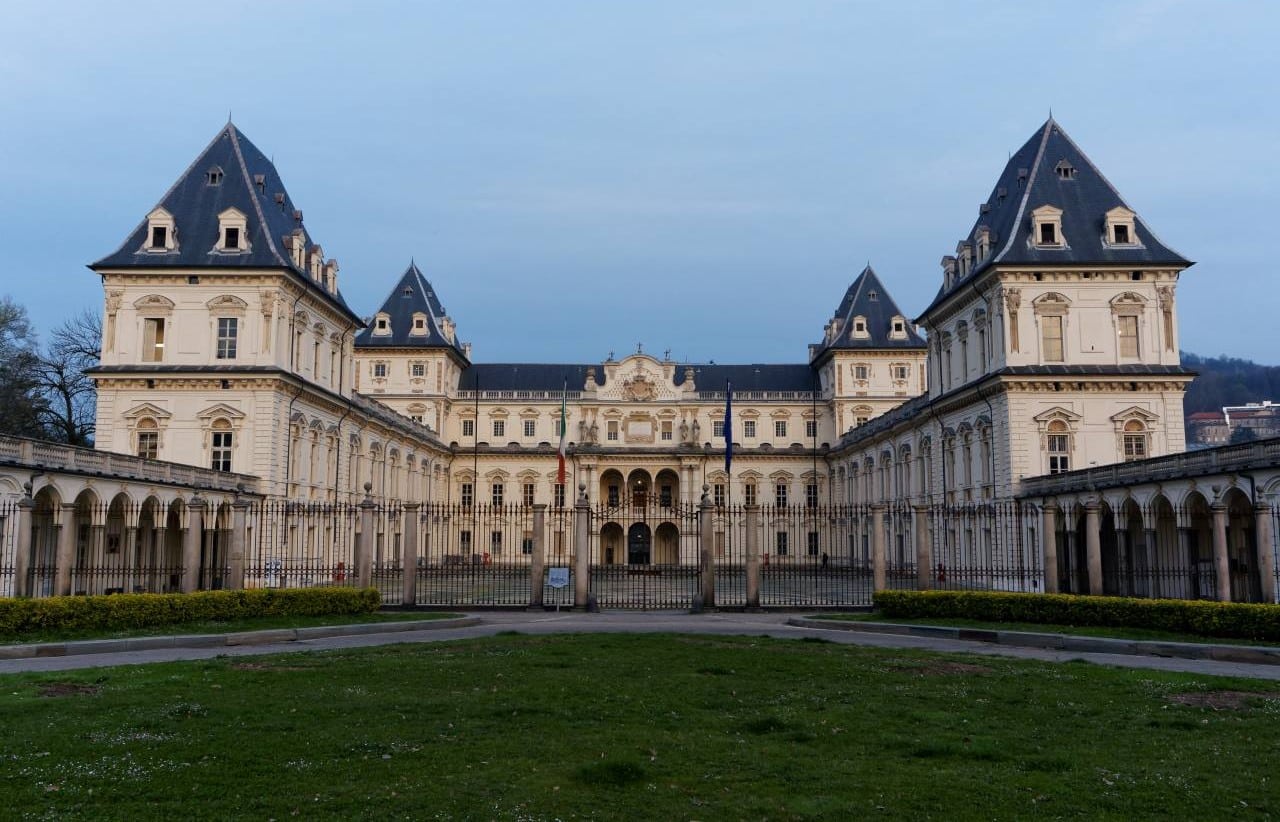The Piedmont Po Nature Park is the backbone of the Piedmont Po Protected Areas, a 200-kilometre-long blue-green ribbon that stretches from Casalgrasso, in the province of Cuneo, to the border with Lombardy and involves the territory of 53 municipalities in 4 provinces. It includes 3 Nature Parks, 5 Nature Reserves and 24 sites included in the Natura 2000 European Network.
A complex system of protected areas, an extensive ecological corridor for the benefit of biodiversity and, in essence, the existence of all living things, which accompanies the Po on its descent downstream, through large urban centres such as Carmagnola, Moncalieri, Turin, Chivasso, Casale Monferrato, Valenza and a string of small towns.

Bridge over the Po of Crescentino
These are green areas that are part of the urban fabric, but also large tracts of free nature, disconnected from city contexts, sets of grasslands with trees, field hedges, groves and wetlands of various kinds, reservoirs, cultivated fields, plantations of wood arboriculture, natural or renaturalised areas such as the Gerbasso forest in Carmagnola, or even quarries that have been decommissioned and recovered to open up to public use. Among the many, this multiform territory includes areas such as Le Vallere in Moncalieri, a city park with natural features that make it unique, and the Meisino Natura 2000 site, located within the urban perimeter of the city of Turin and therefore particularly valuable. The Bosco della Partecipanza di Trino is certainly worth a visit, a forest that has survived to the present day thanks to the cutting management rules respected since 1275, when it was assigned in common ownership, the ‘partecipanza’ in fact, to the citizens of Trino.
 Parco delle Vallere a Moncalieri
Parco delle Vallere a Moncalieri
This mosaic of environments is part of the ‘’Shared Forest of the Piedmontese Po‘’, an initiative that resumes and consolidates the environmental redevelopment projects undertaken over the last 30 years along the Piedmontese Po river strip and in the surrounding areas, which anyone can contribute to by joining the project.
Nature is combined with a great wealth of artistic and architectural evidence,Romanesque, Gothic, medieval, churches, abbeys, castles and villages. The 17th to 18th century period was sumptuous and spectacular, a time when castles were transformed into sumptuous noble residences or almost impregnable fortresses and Romanesque country churches were replaced by sinuous Baroque structures.
The monumental hydraulic intake and channelling works for irrigation purposes that transformed and characterised the entire Chivasso and Basso Vercellese area, especially in Chivasso, Saluggia, Trino and Villareggia, date back to the 19th century.
The Royal Residences of the House of Savoy are an absolute specificity: the castles of Moncalieri, Racconigi and Valentino, the Palazzi Reale and Madama and the Villa della Regina in Turin, the Mandria complex in Chivasso and the Palazzina di Caccia di Stupinigi in Nichelino are part of the UNESCO World Heritage Site. The Po Torinese Protected Areas also include the area of the Basilica of Superga with its beautiful woods.

Castello del Valentino – Ph. Abdujaparov/flickr
An expression of beauty, Turin’s portion of the Piedmontese Po Protected Areas è included in the UNESCO Biosphere Reserve Collina Po.
A dense network of tourist itineraries and excursion routes, for pleasant moments of relaxation, on foot, on horseback, in a canoe, is also spread throughout the territory. The banks of the Po can also be travelled by following the VENTO itinerary, which follows the Po from Venice to Turin, or, going down the scale, by following the routes that start from the more than 20 equipped areas with parking, tables and benches. The Turin Hill, on the other hand, is served by pedestrian or mixed-use paths. Particularly pleasant and enjoyed are the riverside paths along the Po in Turin and Casale Monferrato.

In particular, the Protected Areas Management Authority offers a wide range of services and nature activities dedicated to the public, young and old, hosted by its seven visitor centres: the Cascina Ressia Environmental Education Centre in Crescentino, the Po Landscape Interpretation Centre in Frassineto Po, the Study Centre for Wetlands in Fontanetto Po, Cascina Belvedere in Frascarolo, the Municipal Mill in Bosco Marengo, the Grangia di Pobietto in Morano sul Po and Cascina Le Vallere in Moncalieri. Cascina Le Vallere è also hosts events, concerts, fairs, festivals, and sports activities to raise awareness of environmental culture. The naturalist guides of the Piedmont Po Protected Areas, environmental professionals, are a point of reference for specialist activities and nature visits.



0 Comment